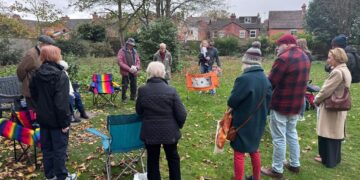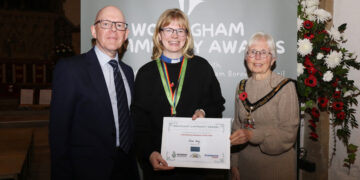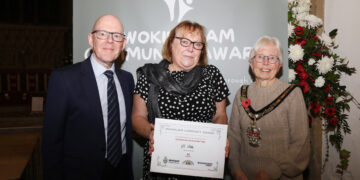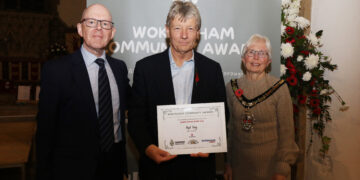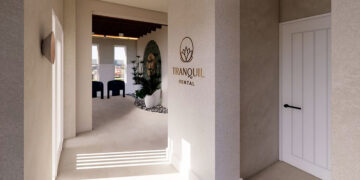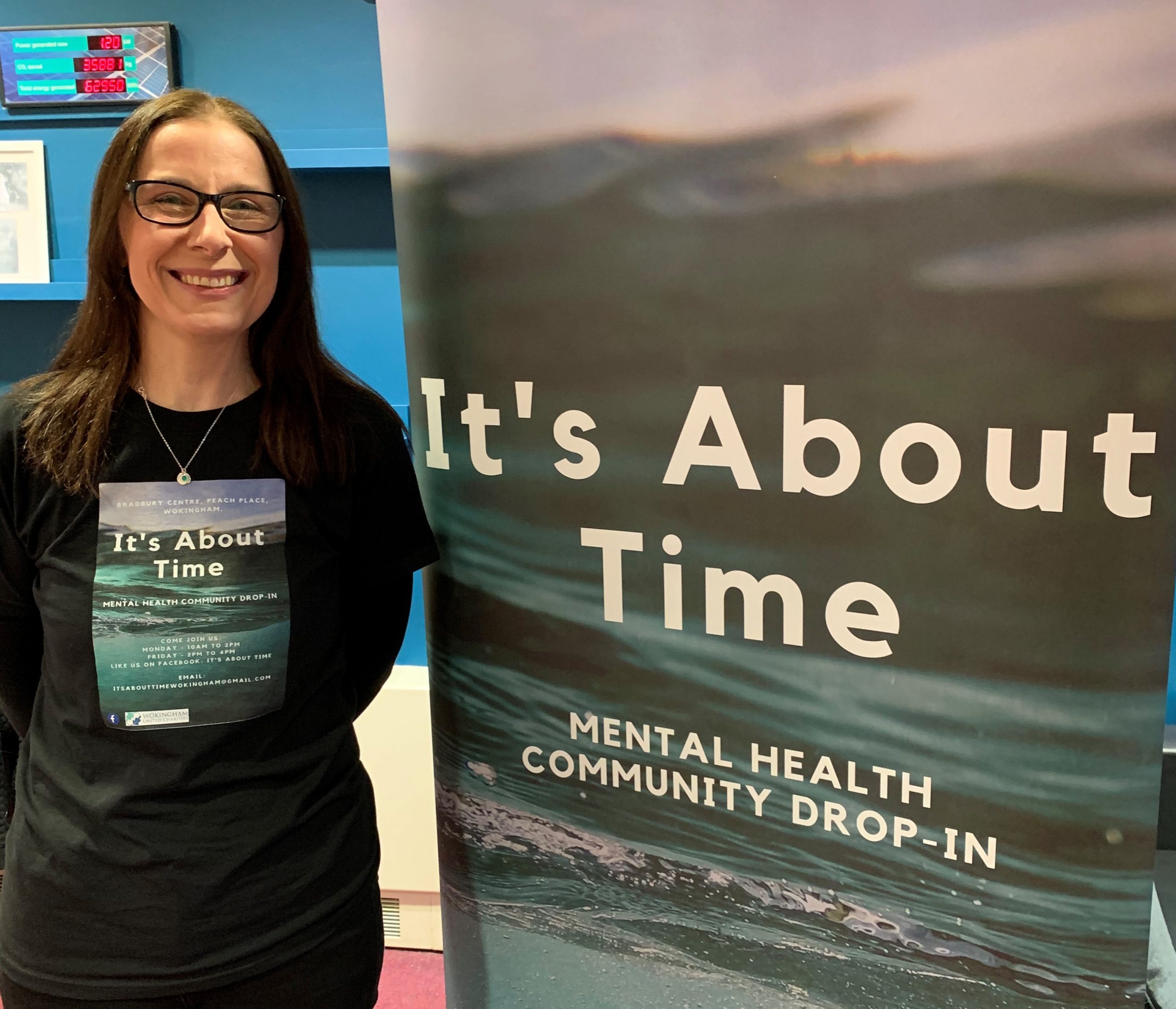By Sarah Sylvester from Run Talk Run
According to the 2017 Land Registry, one in seven of us live in flats (14%), approximately 9 million people.
This figure increases as high as 43% in London. Flats offer convenience, affordability, minimalist living and are often a popular choice as a first home.
I live in a flat; I moved from Winnersh to Wokingham in 2014, downsizing from a four-bedroom detached house to benefit from the regeneration, a chance to enjoy a thriving town and close proximity to green space.
I have a passion for living simply and balance indoor and outdoor living with important family values such as quality time over possessions.
I’ve managed feelings of anxiety and depressive episodes most of my adult life so routine is exceptionally important to me. Running, exercise, maintaining mental and physical strength and training my body and mind with purpose form the backbone of everything I do.
My fitness journey is well practised and documented, I like nothing better than running a 10K surrounded by the beautiful Berkshire countryside, returning home to a warm shower then walking five minutes for tea and cake.
I also host a weekly Run Talk Run (RTR) group, making running and mental health support less intimidating and more accessible. You might have a feeling that you need somewhere to talk, but you don’t necessarily want to go to a GP or a therapist.
RTR thinks that peer support can help, and running does a lovely job at facilitating those conversations. Furthermore, within a five-minute walk, there’s the added benefit of my friendly gym when road legs are weary and sore.
Urban living can carry its own sensory overload so I hide from the outside noise, pound a treadmill, listen to a podcast and enjoy a friendly chat with staff.
After being “told off” for overtraining by an excellent physio, I spend smarter time at the gym and have been expanding my repertoire rather than settling for the comfortable but plateauing relationship with my trusty treadmill.
We find ourselves in unprecedented times, the Covid-19 pandemic has knocked the world on its back and forced us all to take a long hard look at how we live, breathe, exist and move forward.
We look to professions that were once unjustifiably overlooked and rely on them to support the sick and vulnerable.
Quite rightly, our freedom, both indoor and outdoor, becomes restricted, there’s no Gym to visit and exercise is once a day outdoors and within two metres of the nearest stranger. I’m grateful for the life I lead in lots of ways, benefit from a loving and supportive network, but it’s hard to face change and adapt.
We live in a technologically driven world, our ability to communicate is easy and instant and we know as much about each other as we have ever done without the need for conversation.
So it makes sense that connection moves fully online and we witness the birth of ‘at home’ fitness.
Joe Wicks, as an example, welcomes in excess of 500,000 visitors every day for YouTube PE classes and he’s not the only one. The fitness industry is doing a great job in adapting quickly. Ask anyone you know and they are frantically moving furniture, rejigging spare rooms, clearing space and clutter to incorporate jumping jacks and downward dogs into their daily ritual.
But, looking back at the earlier statistics, what if you can’t do that due to space restrictions or simply don’t feel comfortable doing so?
My home life is simple, I like it for that very reason. I live in a two-bedroom flat with my husband and daughter that minimally consists of an open plan living / kitchen area and hallway. We have four separate spaces, two of them bedrooms, and a small communal garden. It would take us 150 laps of the garden to run a 5k (we’ve measured it). We also have the added challenge of a “work from home” strategy to accommodate.
My husband is fortunate to still be working in this challenging time but it’s forced us to adapt our living space and assign our kitchen table the new work desk. When this secondment is due to end is anyone’s guess.
We don’t have space for a home gym, yoga mat or running track.
So, here’s my challenge to the fitness industry; What are you doing to support us wellbeing warriors who don’t exercise at home? We still conform to our daily outdoor exercise, choosing to run for the good of our mental health.
Would it be a brave step to support us? We usually have a very strong and workable routine, by saying, “You know what, it’s OK! In the words of Her Majesty the Queen, we’ll meet again.”
Give us permission to rest and relax rather than throwing us lots of additional challenges that mean we’re forced to compare our life with others.
Use the time to educate us on healthy lifestyle choices around eating, breathing and stretching that don’t involve a resistance band, furniture removal and a mat.
Does my home have to be my gym? Surely there’s enough change happening right now so can it stay being my home?
I want to keep my sacred space, my safe haven, my comfort blanket. I don’t want to pull it apart and pretend it’s something that it isn’t.
I know that when I can revisit the outside world, embrace my new normal with all of its added benefits, and step once more into my friendly local gym and embrace my Run Talk Run Community, they will be there waiting with open arms, swinging a kettlebell with a newly polished treadmill belt.
Hello my dear friend, I’ve missed you! You were gone for a time but you’re back now, that’s all that matters. I’m rested, refreshed and ready to support your post COVID-19 normal.


